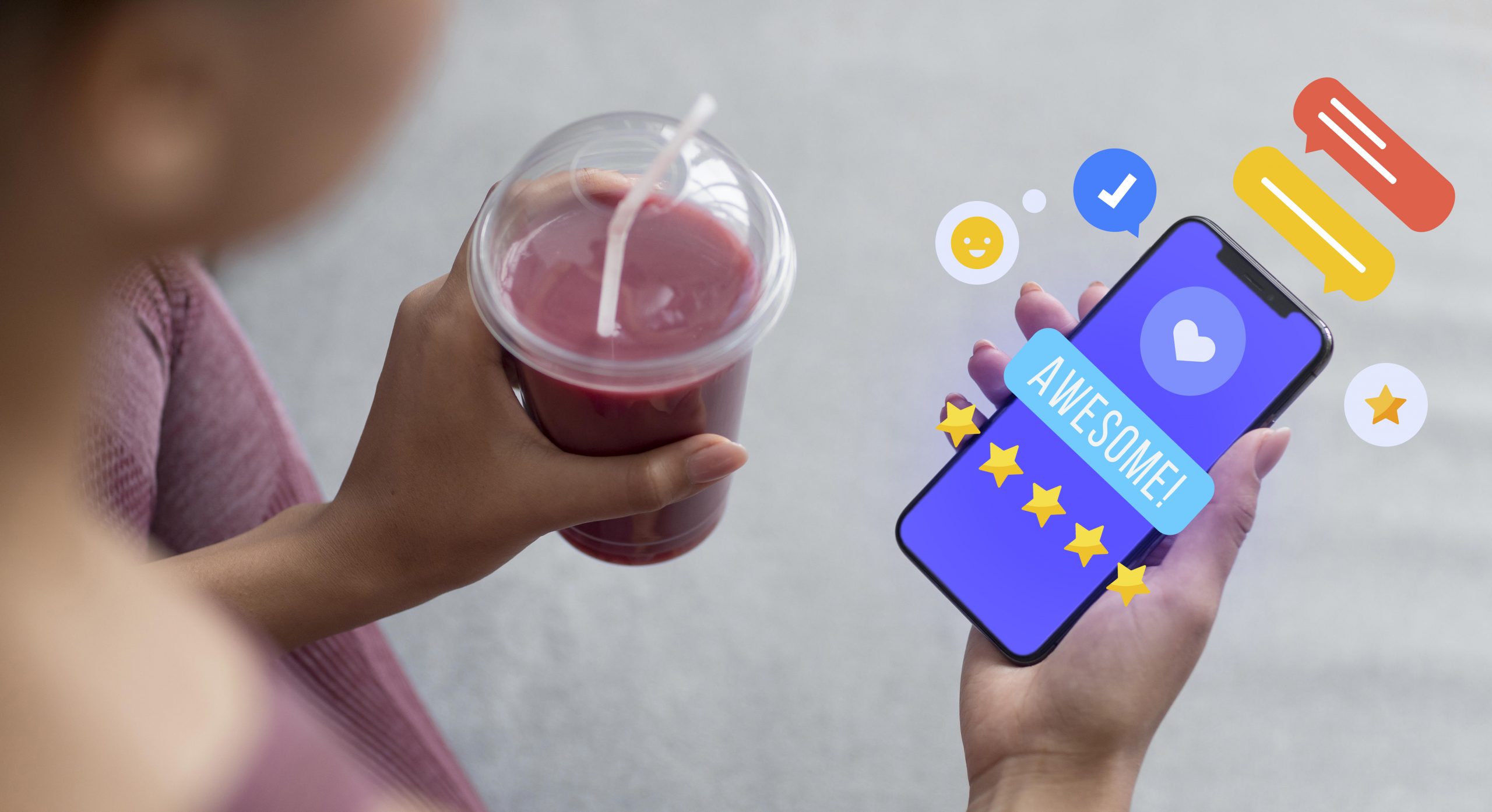Gamification – How to Make Customers Loyal for Life
 Oct 19th, 2023
Oct 19th, 2023
 421 views
4 MINS READ
421 views
4 MINS READ
Loyalty programs have been around for decades, offering customers rewards for their repeat business. However, with the rise of technology and the increasing competition in the marketplace, traditional loyalty programs are no longer enough to keep customers engaged. That’s where gamification comes in.

Gamification definition
Gamification is the process of adding game-like elements to non-game activities in order to increase engagement and motivation. In the context of loyalty programs, this means incorporating features like points, badges, leaderboards, and challenges to make the program more fun and engaging.
Benefits of gamification
Research has shown that gamification can significantly increase engagement and customer loyalty. A study by the Nielsen Company found that gamified loyalty programs increased participation by 50% compared to traditional loyalty programs. Another study by the Aberdeen Group found that gamified loyalty programs increased customer engagement by up to 90%.
One of the key benefits of gamification is that it can increase the perceived value of the loyalty program for customers. When customers see their loyalty program as a game, they are more likely to participate and see the rewards as valuable. This, in turn, increases their motivation to keep using the program and makes them more likely to remain loyal to the brand.

Another benefit of gamification is that it can make the loyalty program more fun and engaging. By incorporating game-like elements, customers are more likely to view the program as a source of entertainment, rather than just a way to earn rewards. This can lead to increased customer satisfaction and a stronger emotional connection to the brand.
4 best practices to build a gamified loyalty program
When designing a gamified loyalty program, it’s important to keep the following best practices in mind:
- Make it easy to participate: The program should be easy to understand and participate in, with clear rules and instructions.
- Offer meaningful rewards: The rewards offered through the program should be valuable and relevant to customers.
- Incorporate social elements: Allowing customers to compete against each other or share their progress can increase engagement and motivation.
- Continuously update and evolve the program: To keep customers engaged, the program should be updated regularly with new features and challenges.
In conclusion, gamification can be a powerful tool for increasing customer engagement and loyalty. By incorporating game-like elements into loyalty programs, brands can make the program more fun, increase the perceived value for customers, and build stronger emotional connections with their customers.
 Back to blog page
Back to blog page


































